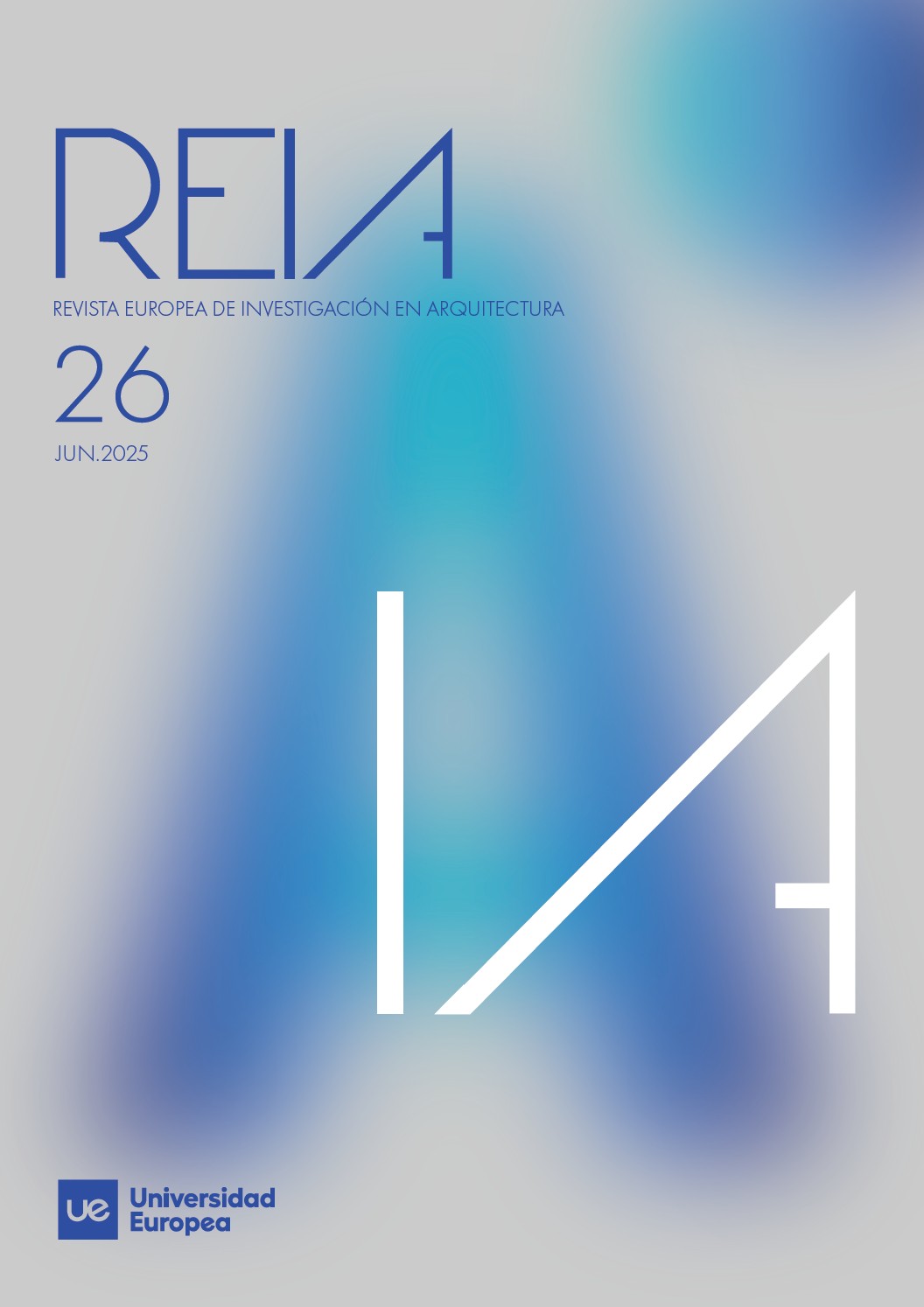Designing the Uncanny: Architectural Form and Artificial Imagination
DOI:
https://doi.org/10.64197/REIA.26.1005Abstract
This paper investigates the relationship between artificial intelligence and architectural imagination
by examining the uncanny dimension (Freud, Vidler) inherent in machine-generated images and spatial
configurations. Drawing upon Freud’s concept of the Unheimlich and Baudelaire’s poetics of the double,
it interprets AI-driven architectures as manifestations of disturbed familiarity, emerging from a syncretic
combinatorial logic that challenges human rationality and control. Emerging generative technologies (e.g.,
Midjourney, large language models, text-to-3D synthesis) are conceptualized not merely as tools but
as imaginative apparatuses capable of evoking hybrid visions situated between dream and design, symbol
and reality. Engaging with Neoplatonic philosophy, this paper proposes that AI functions as a novel form of
impersonal nous, revealing deep structures of human thought and desire, thereby transforming architectural
design into an open, adaptive, and mythopoietic process. Consequently, AI generated architecture is
framed not as simple replication or simulation but as a performative medium wherein space, body, and memory
hybridize to generate new modes of inhabiting the world.
Downloads
Downloads
Published
Versions
- 2025-07-31 (2)
- 2025-07-30 (1)






